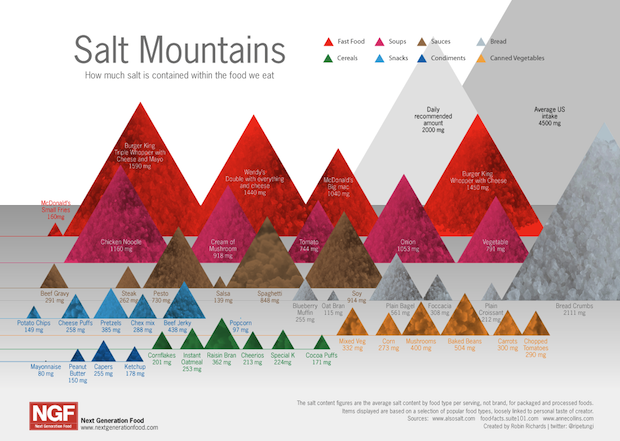II. Aphrodisiacs
=are any of various forms of stimulation thought to arouse sexual excitement. Aphrodisiacs may be classified in two principal groups:
- (1) psycho-physiological (visual, tactile, olfactory, aural)
- (2) internal (stemming from food, alcoholic drinks, drugs, love potions, medical preparations).
Despite long-standing literary and popular interest in internal aphrodisiacs, almost no scientific studies of them have been made. Scientific research is limited to occasional tests of drugs or hormones for the cure of male impotence. Most writings on the subject are little more than unscientific compilations of traditional or folkloric material. Of the various foods to which aphrodisiac powers are traditionally attributed, fish, vegetables, and spices have been the most popular throughout history. In none of these foods, however, have any chemical agents been identified that could effect a direct physiological reaction upon the genitourinary tract, and it must be concluded that the reputation of various supposedly erotic foods is based not upon fact but upon folklore.
It has been suggested that man’s universal attribution of
libidinous effects to certain foods originated in the ancient belief in the therapeutic efficacy of signatures: if an object resembled the genitalia, it possessed, so it was reasoned, sexual powers. Thus the legendary aphrodisiac powers of ginseng root and powdered rhinoceros horn.
With the exception of certain drugs such as alcohol or marijuana, which may lead to sexual excitation through disinhibition, modern medical science recognizes a very limited number of aphrodisiacs.
Testosterone
Libido is clearly linked to levels of sex hormones, particularly testosterone. When a reduced sex drive occurs in individuals with relatively low levels of testosterone (e.g., post-menopausal women or men over age 60
) ,testosterone supplements will often increase libido. Approaches using a number of precursors intended to raise testosterone levels have been effective in older males, but have not fared well when tested on other groups.

